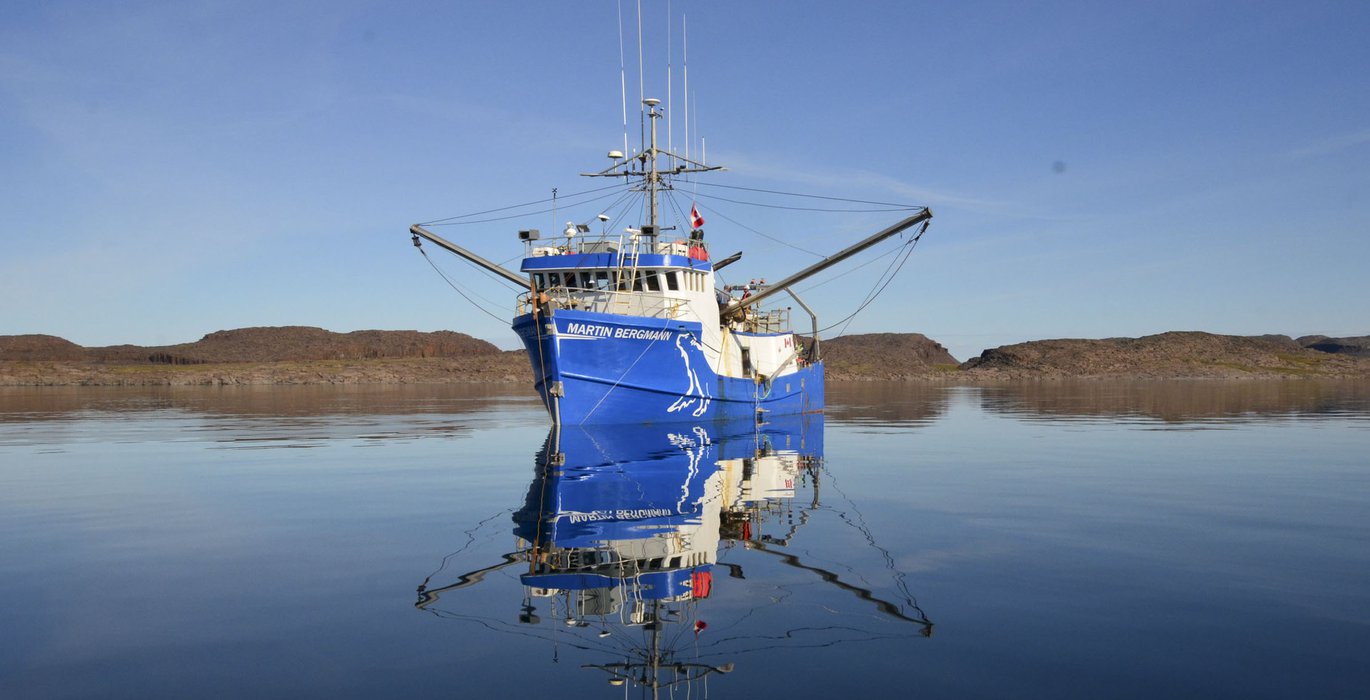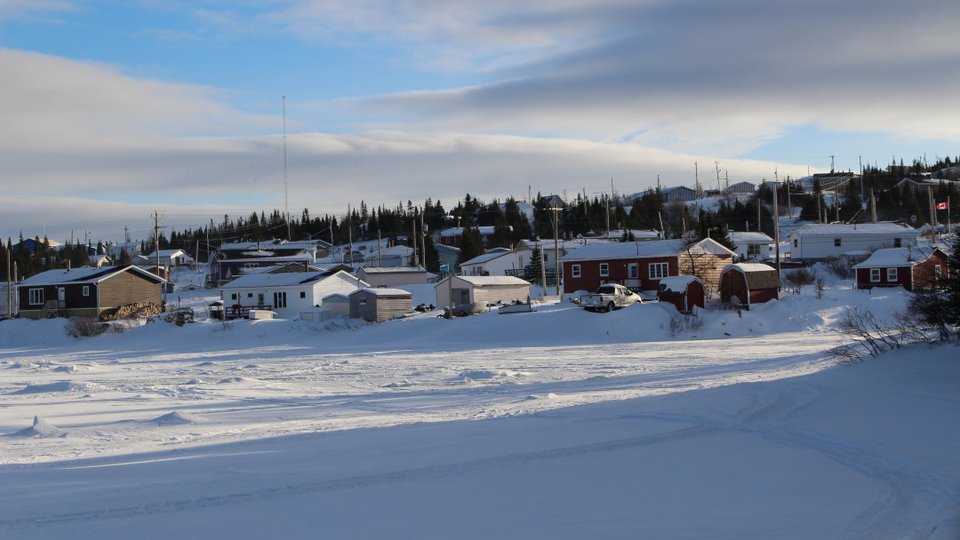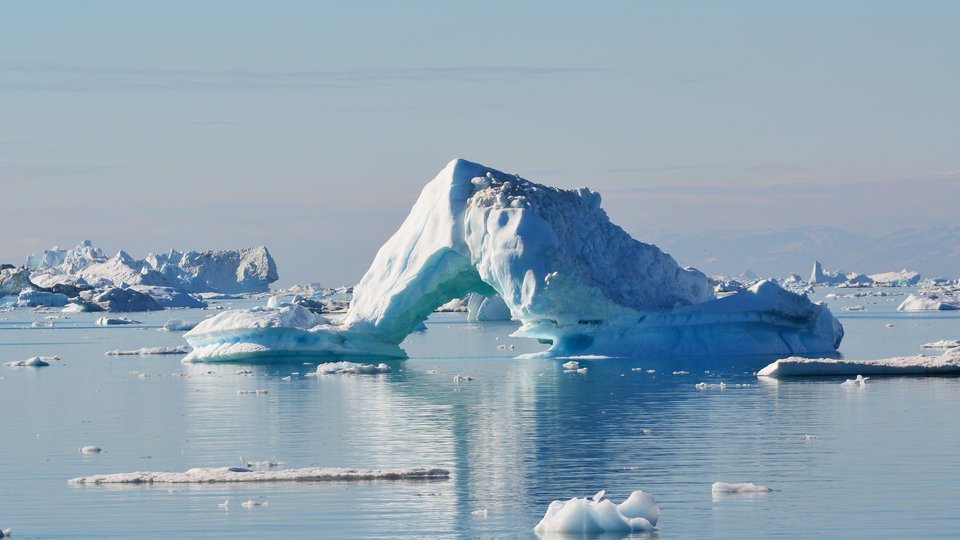
e sail on a vessel called the Martin Bergmann, named after a former marine biologist and civil servant who was one of 12 killed in a tragic plane crash in Resolute Bay, Nunavut, August 20, 2011. His was not a name known widely outside the Arctic, but within the Arctic, both nationally and internationally, there were few that did not know, respect and love, this amazing man named Marty. In a time when organizations and institutions are increasingly rule-bound and choked, Marty had an unmatched skill to select what is right for advancing Canada’s position in the Arctic, pull together the right mix of people, inspire them, and run with it. When bold ideas and actions and results are tracked back to their original source, the name Marty Bergmann is usually found somewhere along the way.
Marty began his Arctic career as a graduate student of Harold (Buster) Welch. For those who knew Buster, this would be the equivalent to Arctic boot camp. Under Buster, Marty’s mettle was tested and found strong; his dedication proved beyond doubt. As a biologist working out of the Freshwater Institute in Winnipeg he began to appreciate and explore ideas that crossed beyond his own strict field of study, and to see the value building teams and projects that brought people together across disciplines, departments, and international boundaries. But, he needed a platform to advance this vision. So with the support of his Regional Director of Science, he created the National Center for Arctic Aquatic Excellence or N-CAARE and, naturally, assumed the position of Director. His accomplishments as Director of N-CAARE are the stuff of legends, of building international collaborations, of putting science-capable icebreakers to work, of bringing leaders in industry and innovation to the Arctic to show, first hand, the beauty and potential of the Canadian Arctic. To really open the Arctic to Canadians, he convinced CBC anchorman Peter Mansbridge and the team from The National to come to the Arctic to broadcast live from the icebreaker CCGS Louis S. St-Laurent, a program we called “Live from the Louis”, a week that changed the way Canadians viewed the Arctic.

Marty’s networks and ideas always crossed boundaries, often to the annoyance of those with more classical establishment views. So a time came when he realized he could do more by leaving the DFO and taking a new position as Director of NRCan’s Polar Continental Shelf Project, or PCSP, with its main base in Resolute Bay. PSCP was a proud organization, dating back to its visionary formation in 1958 as a logistical springboard to Canada’s North. Still, it was a bold (but typical Marty) leap, in that PCSP had suffered budget cuts and decline for a near-fatal string of years; it had sunk into a tired old place. But, Marty changed this trajectory, with ideas and actions to expand the base, to build new partnerships and to grow better relations with the local indigenous population. He was a key player in creating the Arctic Research Foundation, the owner of this boat. More than anything, perhaps, he re-charged to spirit of PCSP.
Marty was approaching retirement years. One of his plans, upon retirement, was to work in towards building a community-based small vessel capacity across Canada’s arctic, in response to a growing need associated with climate change. We talked about this dream a lot.
When Marty died in that plane crash the Arctic community lost its best friend. When, a week later, this boat was renamed the Martin Bergmann, I could see that his passion would continue on … and grow.





